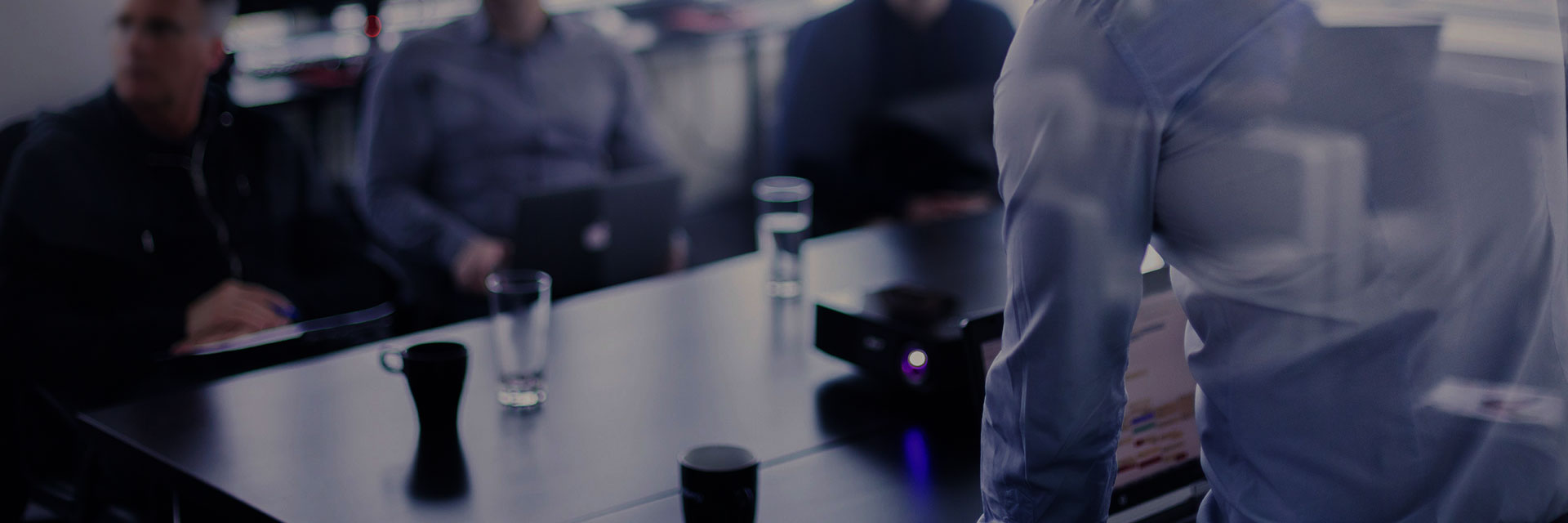
How to Stop Falling Into The Conclusion Trap
You’ve got to slow down to speed up.
That’s what I like to tell my fellow attorneys.
Most of the time, we’re so rushed and so time-pressed that we don’t have the opportunity to stop and think about things. In other words, we jump to conclusions. What we should do instead is slow down, examine how certain things occur in our practices, absorb those things, and ask good questions about them.
I’m so passionate about this and so is my friend Dan Markovitz. His book, The Conclusion Trap, puts a hard stop on jumping to conclusions. Dan has done a tremendous job of simplifying something called lean thinking for all people.
Today I want to take some time to talk more about Dan’s work and how to prevent ourselves from falling into the conclusion trap as we’re building a great practice and a great life.
Lean Manufacturing
About 15 years ago, Dan started consulting in the area of corporate time management. During this time, the ideas, concepts, and frameworks of lean manufacturing struck him. Lean manufacturing is the idea of creating more value with fewer resources and inputs.
In the case of attorneys, the resource you’re dealing with is time and attention. Those resources are finite. How can you create the most value in that finite time period in which you’re working?
This is integral for not only your practice but your life. If you’re not careful, your law practice can take over your entire life to the detriment of your own personal health and happiness. The principles of lean manufacturing can be applied to any attorney to help them understand how to do the legal and the business part more quickly, more easily, and with higher quality so that there is more time for the stuff that’s personally important to them.
What is Waste
When we’re practicing the principles of lean manufacturing, the goal is to minimize waste. Waste could be a variety of things but Dan describes it firstly as things like errors.
If you ask a client to provide you with information and forget something, you’ll have to call them again and ask for that information. That’s not simply a phone call or an email; there’s also the waste of the time spent waiting. You have to wait for the client to get back to you and, while you wait, your work is on hold.
Another type of waste is work being done that is below the competency level of the attorney. For example, if you have an attorney in your practice editing documents, that’s a waste. He should be a rainmaker in your firm but, instead, his time is being consumed with something well below his level of competence. It’s not the highest and best use of his time.
Avoiding The Conclusion Trap
The conclusion trap is a dangerous thing to fall into as an attorney. You do so when you jump to a conclusion before understanding all of the information.
Instead, before you jump to a conclusion, you should do some discovery. As an attorney, you need to be very analytical when taking in a new client. You need to go through a discovery process with them and not immediately jump to a conclusion about whether or not they are guilty, liable for damages, or something else.
Then, take this same mindset and apply it to internal things in your practice. Before you say, “I need to hire someone,” or, “I need to spend more money on marketing,” or, “I need to invest in new software,” do some discovery and try to understand what’s really going on.
How can you go through a discovery process like this? Follow these steps.
- Go and see. Oftentimes, the people who are tasked with solving a problem haven’t actually seen where the work is being done and what’s happening. If you have problems with your billing or collections, you might automatically assume you need new billing software. In reality, you need to spend time with the people in accounting or the finance department to understand how they invoice and what’s really going on over there. Go and see where the work is being done.
- Frame it properly. You need to state your problem correctly. The first way to do this is to figure out if your issue is a symptom or a problem. Don’t try to solve the symptom; dig deeper and solve the actual problem. Think backward and break down all of the contributing factors to that problem.
The Five Whys
Another important concept involved with avoiding the conclusion trap is The Five Whys. The idea of this concept is that you can’t really understand the root cause of an issue without asking why five times. This is how you can peel back the onion and find out what’s really going on.
For example, if you’re having a problem with receiving too many phone calls in your firm, your first why might be, “Why are the customers calling so often?” Your answer might be that you don’t update them often enough. Your second why, then, could be, “Why don’t we update them often enough?” and your answer is that you are too busy so that, by the time you get around to calling your customers, they feel insecure.
From there, you might ask, “Why do they feel insecure?” Your answer might be, “We don’t give them an understanding of the timeline so they don’t understand that it will take us a couple of days to get back to them.” All of this leads you to a possible solution that solves the very root of the issue.
If you want to learn more about solving problems efficiently in your firm, check out https://atticusadvantage.com/episode006!
Steve Riley
Certified Practice Advisor & Attorney
Steve Riley has coached attorneys for more than 20 years. His one-on-one coaching focuses on a limited number of top producing attorneys committed to taking their practices to new levels of excellence, profit, and personal success. He also presents at group coaching workshops around the country for individual law firms, state bar associations, and other legal organizations.


